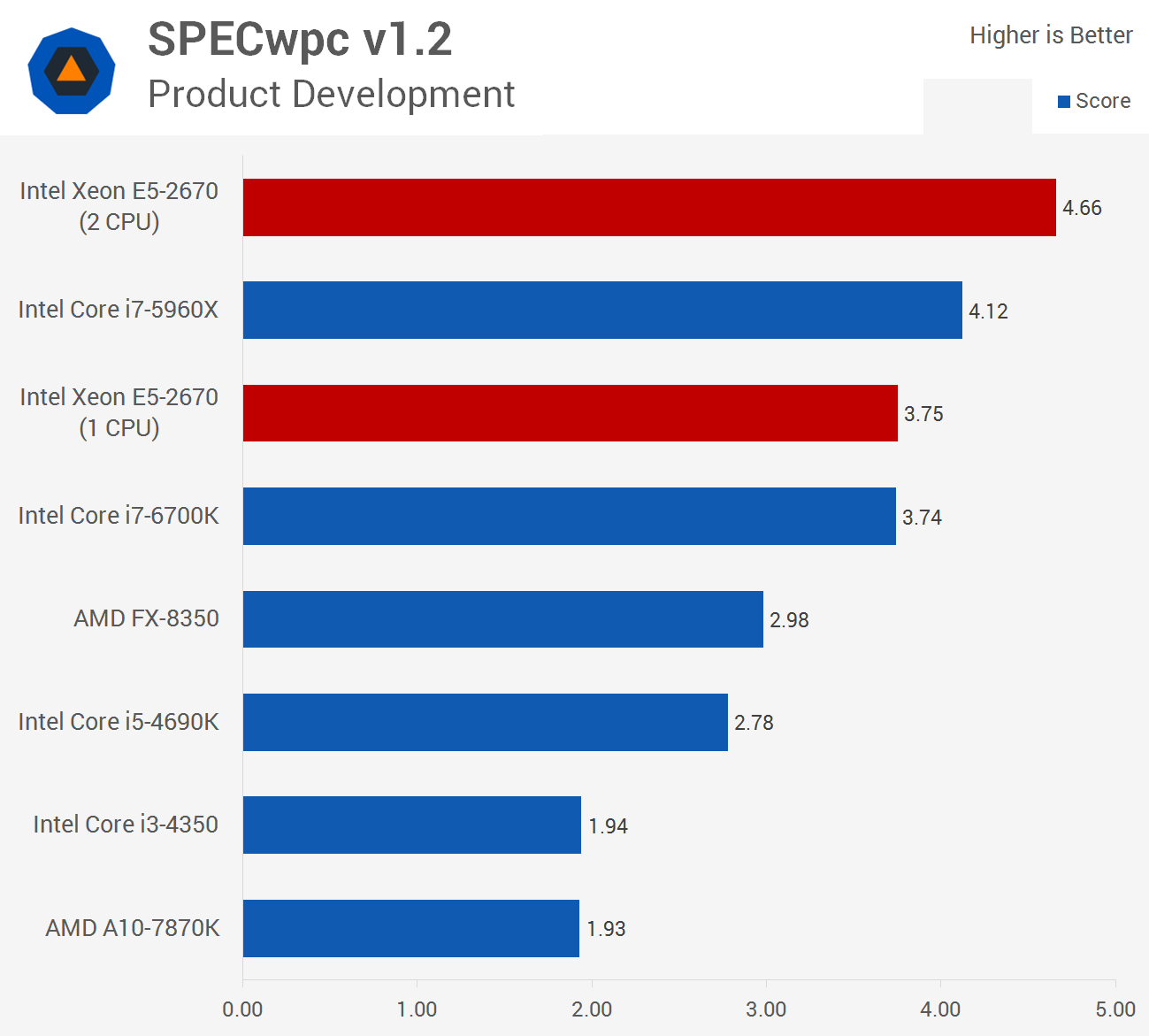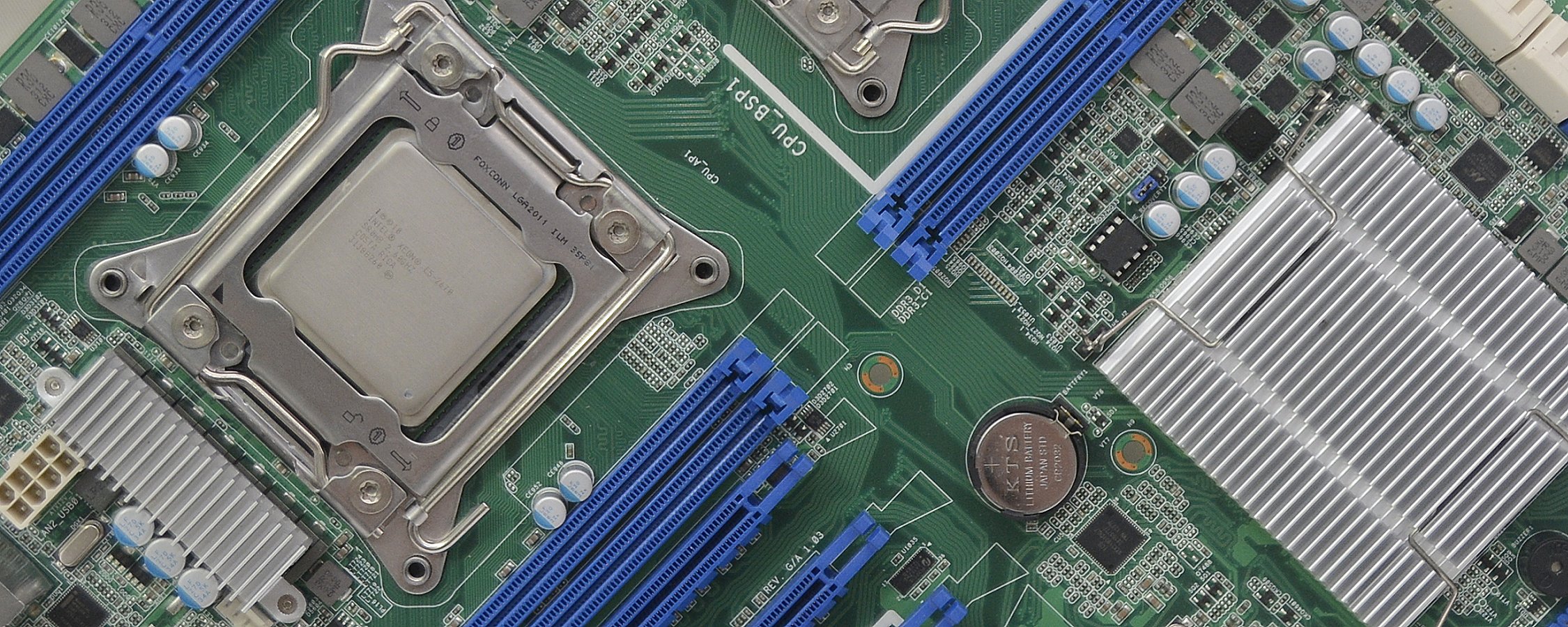Benchmarks: Synthetic Performance

Cinebench R15 is probably the most popular benchmark for measuring CPU performance, and it is a great way to get a quick reading on single and multi-threaded performance. As expected when using a single thread, the Xeon E5-2670 isn't exactly the quickest thing around, though it still outpaced the AMD FX-8350 and wasn't a great deal slower than the 5960X.
The multi-threaded results for the single Xeon E5-2670 were quite good at 1038pts, which placed it between the Core i7-6700K and 5960X. However adding a second E5-2670 allowed for a score that exceeded 2000pts, making the duo considerably faster than any desktop processor available today.

The performance margins seen in the 3D Particle Movement benchmark are extremely similar to those seen in Cinebench. This shows that applications able to leverage all 16-cores/32-threads of the Xeon rig are going to see the E5-2670's blow away the 5960X - and pretty much anything else in the price neighborhood.

The SPECwpc product development test includes workloads from applications such as SolidWorks, Autodesk Showcase, Siemens NX, and Catia. Not all the tests are able to fully leverage the dual Xeon E5-2670 processors, but those that did allowed for an overall 24% increase in performance, making the duo faster than the 5960X.

The Life Sciences work loads were able to better utilize the dual processor setup, as we saw a 31% increase in performance when adding a second processor. Again what is key here is how the dual Xeons are able to comfortably beat the 5960X at a fraction of the price.

Here we see the maximum possible performance gain when adding a second Xeon processor, as the initial score with a single processor is boosted by 100%. The dual Xeon setup delivered an impressive score of 6.31pts, making it 56% faster than the 5960X.
